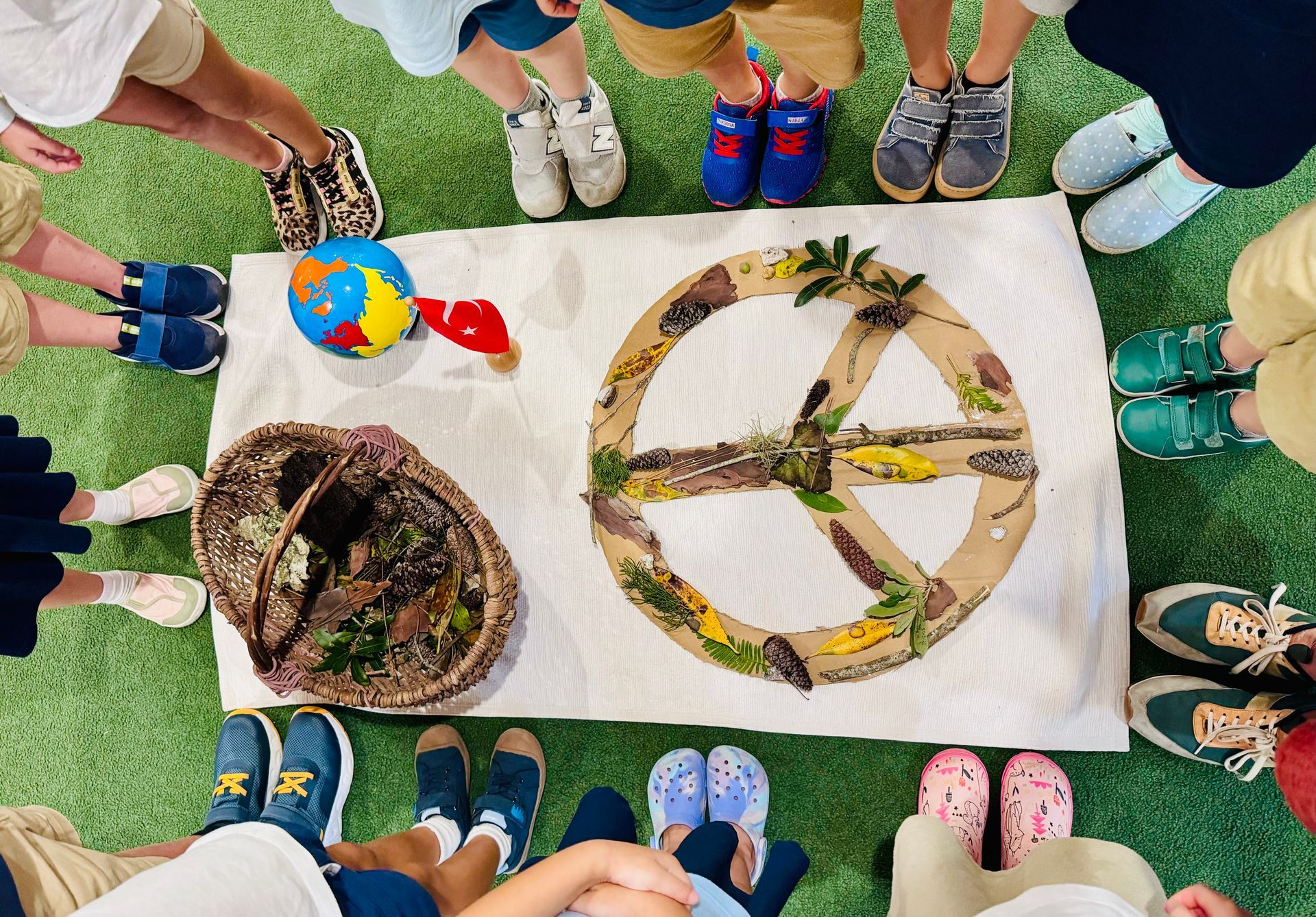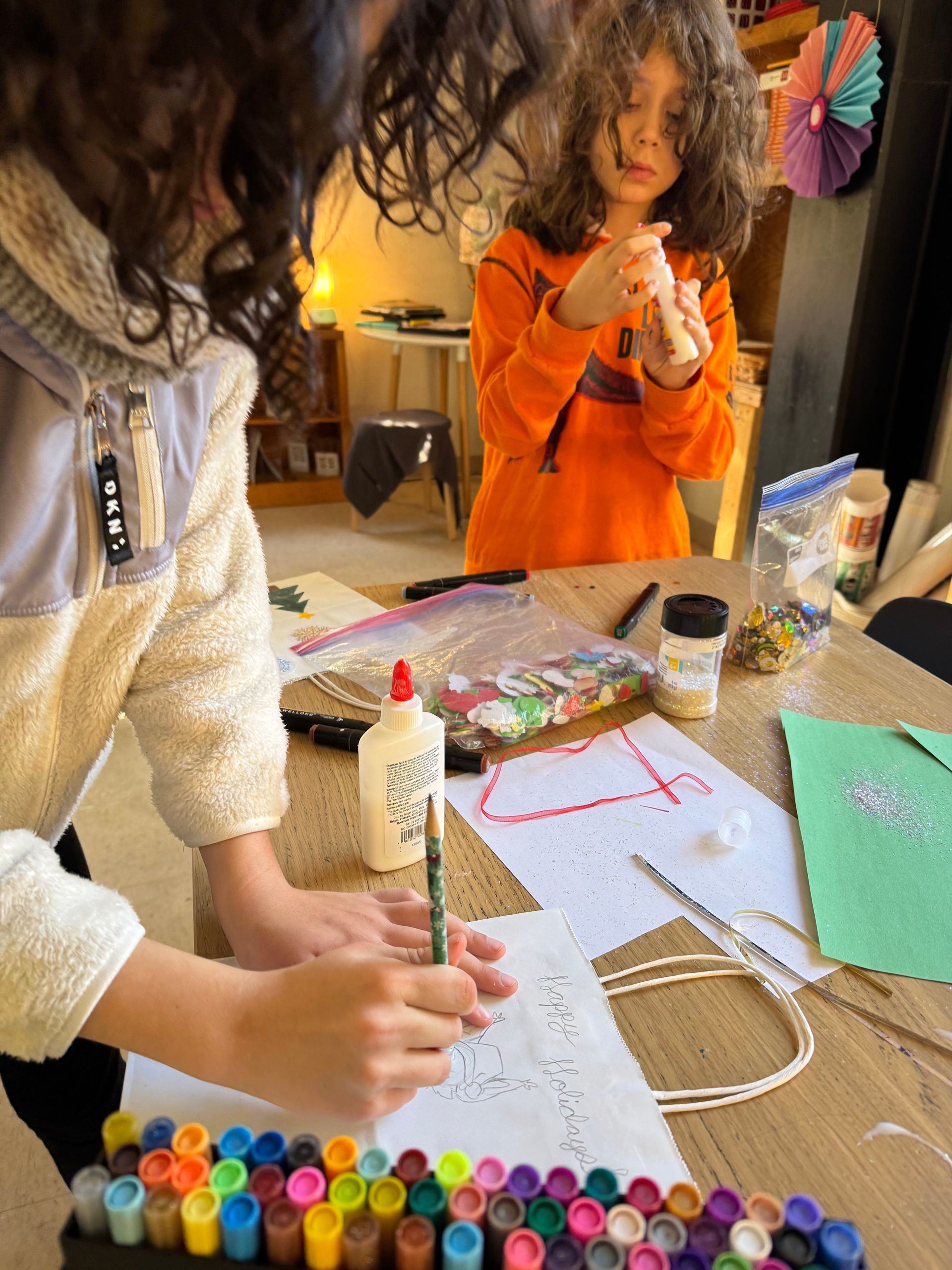
Classroom culture is an important aspect of a Montessori classroom. Montessori is built on the idea that children inspire one another and learn from each other. In order for this to happen, trust and comradery must be built in the classroom. We can do this by embracing all cultures in the classroom, and allow for moments of sharing and appreciation.
Whenever a cultural celebration occurs in the classroom, it is a group effort. So far this school year, we have celebrated Dia de Los Muertos and Diwali. As we sail through the month of December, we will look at Hanukkah, Kwanzaa, and Christmas. It is important to note that the celebrations are moments to share information. The children learn about cultural events around the world. They come to love and admire all people of all backgrounds. This is one of our goals for AIM graduates: to have a cultural awareness filled with a passion of learning and admiration.
Our main asset to creating a classroom culture is having daily group/circle time. Each day before a transition, we gather together as a group. We start the first years’ group by saying hello to one another in a new language each week. After this the children have an opportunity to share any thoughts of the day so far. We also allocate time if a child brings in an item for show and tell. The children have shared everything, from crystals to chicken feathers. These moments of sharing allow for each child's voice to be heard.
Before dismissal, the first years meet for a final group. Here, the children participate in an appreciation activity. The children end the day by sharing their thanks and appreciation. These conversations have gone from thanking a friend for playing with them to hugging a friend for helping them with a work. This activity allows for the children to build relationships with one another and foster a classroom culture.
Having a classroom culture minimizes disruptions in the learning environment. It allows children to freely express their thoughts and feelings. As the school year continues, we will continue to foster a classroom culture filled with love, appreciation, and trust.
By Ms. Aisling, Lower Elementary Educator


